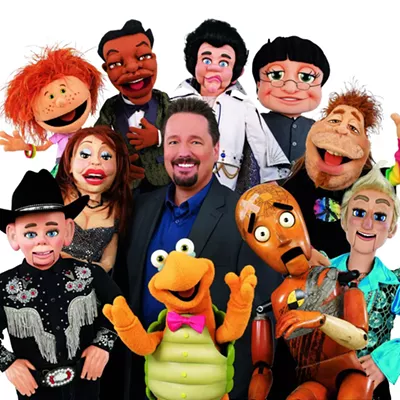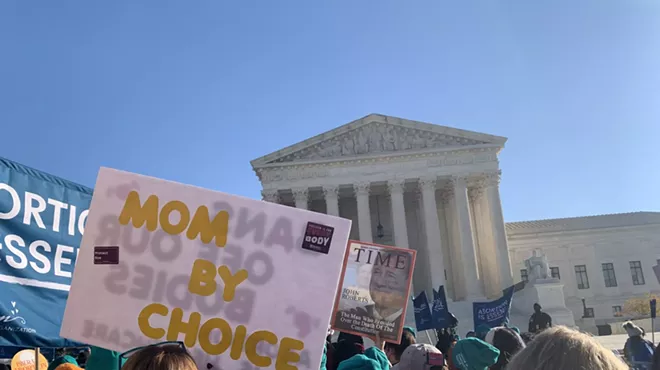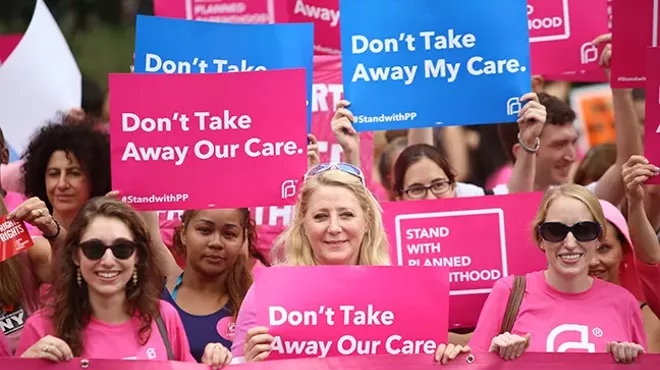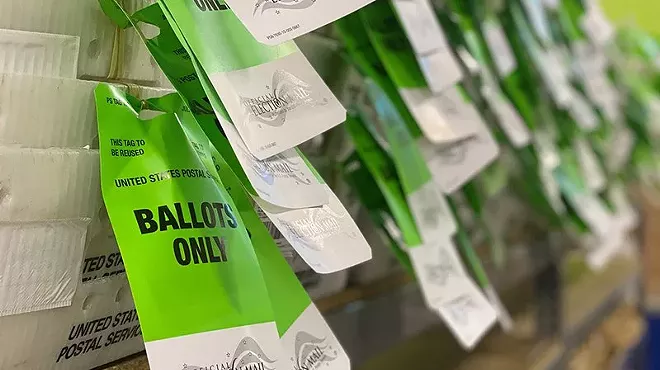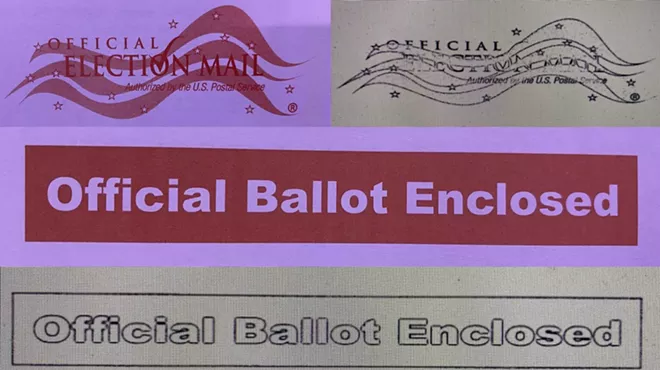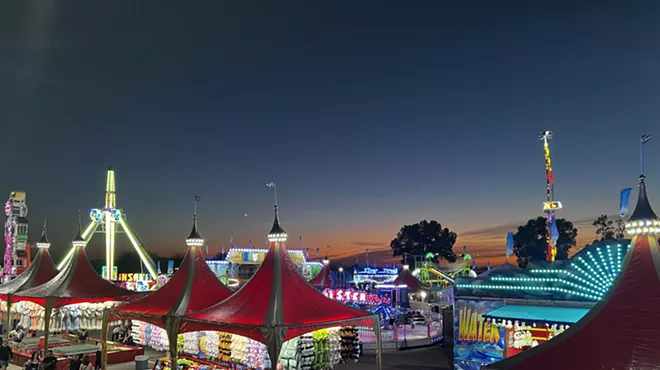Friday, March 9, 2012
Tucson Festival of Books: Tom Zoellner
As the Range noted earlier today, I'll be moderating a panel of political writers—Rick Perlstein, Chris Mooney and Tom Zoellner—on Saturday at the Tucson Festival of Books. (You can get details here, but it's from 2:30 to 3:30 in Gallagher Theater and will be carried live on C-SPAN's Book TV.)
Zoellner has recently written A Safeway in Arizona: What the Gabrielle Giffords Shooting Tells Us About the Grand Canyon State and Life in America. A former newspaper reporter who worked on Gabby's congressional campaigns, Zoellner wrote a piece for TW on the anniversary of the shootings in January. Here's an excerpt:
First, there's the mystery of what caused Jared Lee Loughner to buy a Glock from the Sportsman's Warehouse off of Thornydale Road and use it to try to kill his congresswoman. He may never be able to explain it himself. Paranoid schizophrenia is a disease that makes fantasy inseparable from reality, and Loughner had been suffering from it—in an agonizingly public way—for at least four years. He had been kicked out of Pima Community College for making nonsensical and semi-violent statements. All of his friends had deserted him. There was no job for him, no life, no hope, and the neurological equivalent of a tornado spinning in his mind.We do know this, however: His choice for a target was inherently political. This was not a random selection. Nobody who lived through the 2010 congressional election will forget the way in which Gabrielle Giffords was publicly vilified. Her face had been cast in sinister shades in negative television advertisements and outdoor ads. Her opponent encouraged his donors to help him beat her by shooting an M16 rifle at a fundraiser. In Tucson that fall, she had become the embodiment of a federal government seen as wanting to raise taxes, open the border and kill jobs. You would have had to have been hiding under a rock not to have seen Giffords' distorted face peering out from everywhere like Big Brother. (Disclosure: Gabrielle has been a friend for many years, and I volunteered on her campaigns. Gabe Zimmerman, who lost his life at the Safeway, was also a friend.)
Jared Loughner was horribly sick, but he was certainly not hiding under a rock. This is a crucial point about schizophrenia that is not widely understood. Numerous studies show that the delusions of schizophrenic patients are powerfully influenced by the real-world stimulus that surrounds them. In China, for example, the delusions of paranoid-schizophrenia patients tend to center on themes of noble ancestry or the Communist party. In South Korean patients, there was a high degree of paranoia about secret agents sent by Kim Jong Il. In Taipei, it was the presence of gangsters. "Delusions regarding political themes were thus highly sensitive to the local political situation," wrote Dr. Kwangiel Kim, the lead researcher of one study.
Of course, there is nothing unique about angry politics, gun imagery and negative campaigning that is unique to Arizona. But to ignore the context of what was happening in the final days of his sickness is to miss one of the most-important lessons of the Safeway shootings, which is the way in which we failed to take even basic care of one of our neighbors. Tucson is an easier-than-usual place to get lost and forgotten. Our far-flung instant mega-barrios and our extremely rapid turnover of residents ("Three move in, two move out" has been the mantra for years among city planners) make it harder to form the lasting, informal social connections that make people take notice of fellow citizens in trouble.
A Gallup Poll two years ago showed that just 12 percent of Arizonans strongly agreed with the idea that "neighbors here care for one another." That this is the kind of state we've created for our children should give us all pause.
Tags: Tom Zoellner , Gabrielle Giffords , Tucson Festival of Books , Chris Mooney , Rick Perlstein



